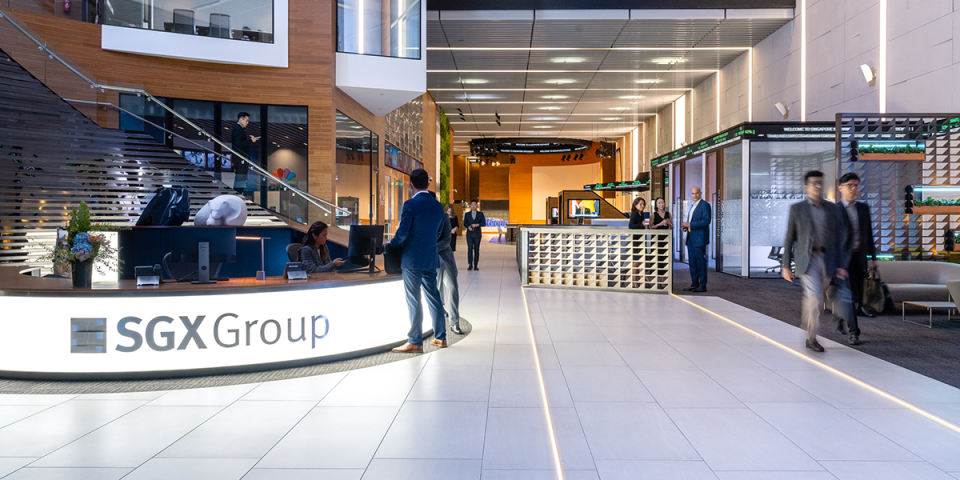Singapore Exchange Ltd. (SGX: S68; OTCQX: SPXCY, SPXCF) has just started trading on the OTCQX Best Market, a move that speaks volumes about how stock exchanges themselves are going global. The event is not just a technicality for market insiders. It signals a broader trend, where the world’s exchanges are increasingly listing on each other’s platforms, making it easier for investors to access foreign markets without the usual friction.
When you think of stock exchanges, you probably picture them as the stage, not the actors. But in today’s interconnected financial world, exchanges like SGX are stepping into the spotlight as listed entities on other markets. By listing on the OTCQX Best Market, SGX is making its shares more accessible to U.S. investors, who can now buy and sell SGX stock through familiar U.S. brokerage accounts, with real-time Level 2 quotes and current financial disclosures available at their fingertips.
This is not just about convenience. It is about transparency and trust. The OTCQX Best Market is the highest tier of the over-the-counter markets in the United States. To qualify, companies and exchanges must meet strict financial standards, demonstrate best-practice corporate governance, and comply with U.S. securities laws. For SGX, which already operates under Singapore’s AAA-rated regulatory environment, this listing is a way to broaden its investor base and boost its global profile.
The answer is twofold: visibility and liquidity. SGX’s Chief Financial Officer, Daniel Koh, put it plainly. As more of SGX’s derivatives products are traded during U.S. and European hours, interest from U.S. investors has grown. Listing on OTCQX makes it easier for those investors to take part in SGX’s growth story, while also enhancing the exchange’s visibility outside Asia.
There is also a competitive angle. Exchanges are not just marketplaces, they are businesses. By listing on foreign markets, they can tap into new pools of capital and attract a broader set of shareholders. For SGX, this means more liquidity and potentially a higher valuation, as it becomes part of the investment universe for U.S. funds that might not otherwise look to Singapore.
SGX is not alone in seeking a cross-listing. Exchanges and companies from around the world use platforms like OTCQX to connect with international investors. The trend reflects a world where capital flows more freely, and where investors want exposure to foreign markets without the hassle of navigating unfamiliar systems or currencies.
For U.S. investors, this means more opportunities to diversify portfolios with international assets. For the exchanges themselves, it is a way to stay relevant and competitive in a market where borders matter less than ever.
As SGX settles into its new home on the OTCQX Best Market, the move is likely to be watched closely by other exchanges and companies considering similar steps. The message is clear: in a global financial system, access and transparency are as important as location.

